Disparities in Surgical Oncologic Care
30: Impact of Social Determinants of Health on Melanoma Nodal Surveillance in a Multi-Institutional Cohort

Kelsey B. Montgomery, MD
General Surgery Resident
Department of Surgery, University of Alabama at Birmingham
Birmingham, Alabama, United States
Kelsey B. Montgomery, MD
General Surgery Resident
Department of Surgery, University of Alabama at Birmingham
Birmingham, Alabama, United States
Kelsey B. Montgomery, MD
General Surgery Resident
Department of Surgery, University of Alabama at Birmingham
Birmingham, Alabama, United States- MM
M. Chandler C. McLeod, PhD
Biostatistician
Department of Surgery, University of Alabama at Birmingham, United States 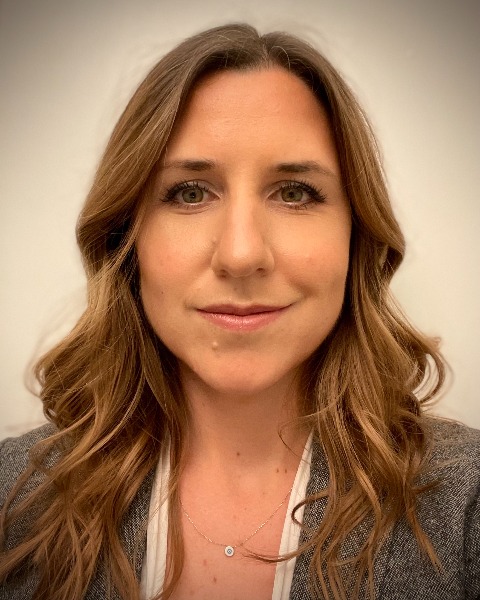
Danielle K. DePalo, MD (she/her/hers)
Resident
Department of General Surgery, University of Massachusetts Chan Medical School, Boston, MA, United States- MD
Michelle M. Dugan, MD
Research Fellow
Cutaneous Oncology Department, Moffitt Cancer Center, Tampa, FL, United States 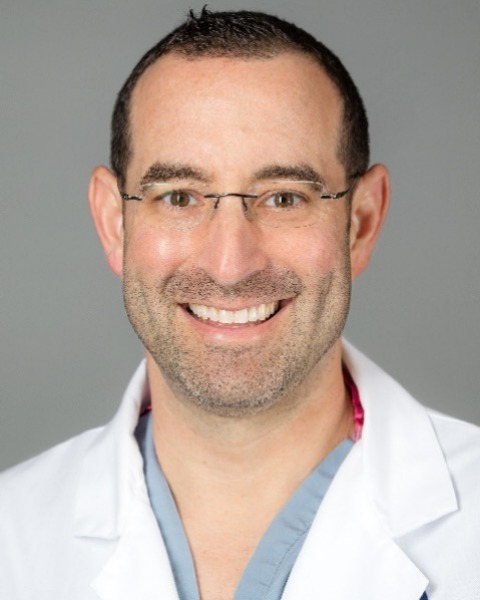
Jonathan S. Zager, MD
Cutaneous Surgeon
H. Lee Moffitt Cancer Center and Research Institute
Tampa, Florida, United States
Kelly M. Elleson, MD
Research Fellow
Department of Cutaneous Oncology, Moffitt Cancer Center
Tampa, Florida, United States- MS
Michael S. Sabel, MD
Professor
University of Michigan, United States 
Tina J. Hieken, MD
Professor of Surgery
Mayo Clinic
Rochester, Minnesota, United States- LK
Lisa Kottschade, APRN, C.N.P
Nurse Practitioner
Mayo Clinic, United States - DO
David W. Ollila, MD
Professor of Surgery
Department of Surgery, University of North Carolina
Chapel Hill, NC, United States - VP
Veronica Pham, MPH
Research Manager
Department of Surgery, University of North Carolina, United States - DA
Dion Archer, BSBA
Research Coordinator
Department of Surgery, University of North Carolina, United States .jpg)
Russell S. Berman, MD (he/him/his)
Professor
Department of Surgery, NYU Langone Health
New York, New York, United States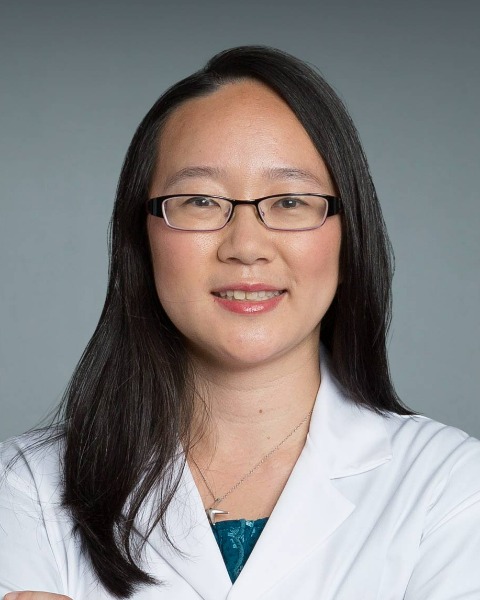
Ann Y. Lee, MD
Assistant Professor
Department of Surgery, NYU Langone Health
New York, New York, United States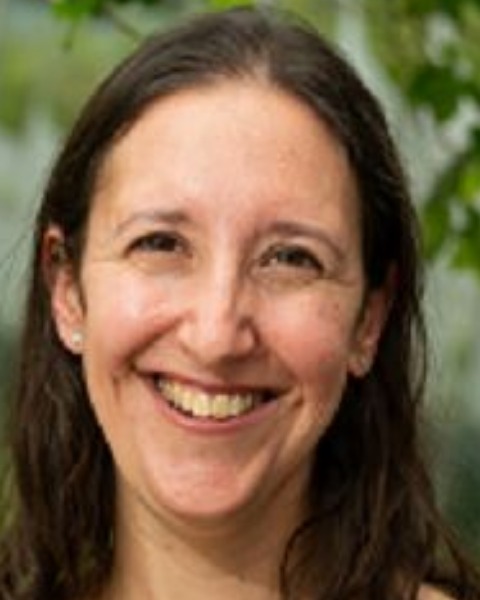
Jessica A. Cintolo-Gonzalez, MD
Associate Professor
Department of Surgery, University of Vemont
Williston, Vermont, United States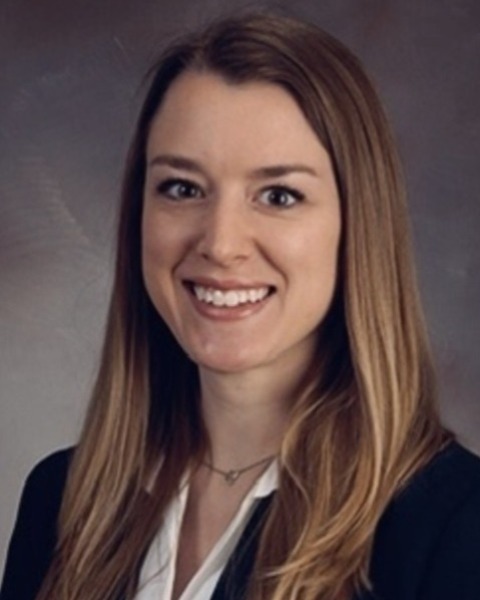
Hannah G. McDonald, MD
General Surgery Resident
Department of Surgery, University of Kentucky
Lexington, Kentucky, United States.jpg)
Erin E. Burke, MD MS
Assistant Professor
Department of Surgery, University of Kentucky
Lexington, Kentucky, United States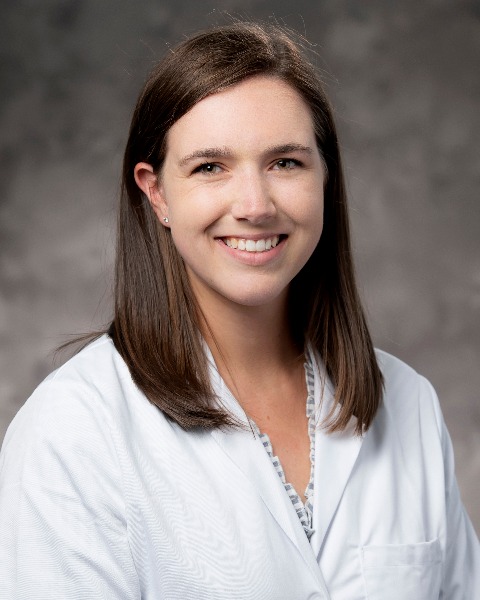
Kristen E. Rhodin, MD, MHS
General Surgery Resident
Duke University Medical Center
Durham, North Carolina, United States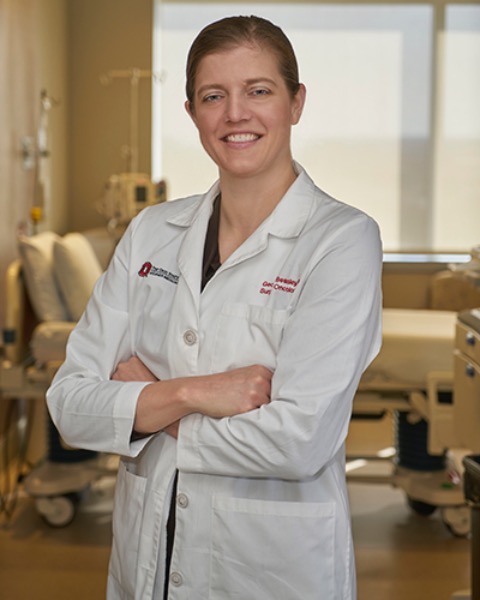
Georgia M. Beasley, MD MHS (she/her/hers)
Associate Professor of Surgery with tenure
Duke University Medical Center
Durham, North Carolina, United States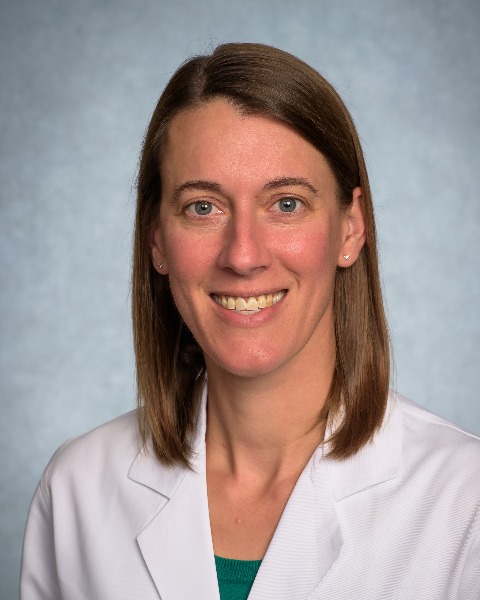
Kristy K. Broman, MD, MPH (she/her/hers)
Assistant Professor
Department of Surgery, University of Alabama at Birmingham
Birmingham, Alabama, United States
Abstract Presenter(s)
Submitter(s)
Author(s)
Nodal surveillance (NS) has become the prevailing management strategy over completion lymphadenectomy for sentinel node positive (SLN+) melanoma, but requires frequent exams and nodal ultrasound (US), and timely intervention for nodal recurrence. Prior work has described pragmatic challenges to NS implementation in real-world populations. Individual- and area-level social determinants of health (SDoH) may affect US adherence and evaluation of these impacts on selection for NS is needed.
Methods:
Adults with SLN+ melanoma from July 2017 to December 2019 who received NS at 9 tertiary cancer centers were identified retrospectively. Exposures included insurance status, travel distance (TD), and CDC Social Vulnerability Index (SVI), a validated measure of area-level SDoH (0 = least to 1 = most vulnerable). The primary outcome was US adherence (≥1 study per 6-month follow up interval); secondary outcomes were combined NS adherence (US, CT, or PET) and loss to follow up (LTFU). Bivariate analyses and mixed effects logistic regression (treating center included as random effect) were performed.
Results:
Among 519 patients, 445 (85.7%) had at least one 6-month follow up interval. Patients were predominantly male (57.0%), Non-Hispanic White (94.4%), and insured privately (45.3%) or by Medicare (43.5%). Pathologic stages were IIIA (38.9%), IIIB (19.5%), IIIC (40.5%), and IIID (1.0%), and 44.1% of patients received adjuvant systemic therapy. Median TD was 63.3 miles (IQR 31.2-111.0) and median overall SVI was 0.426 (IQR 0.253-0.610), with variance by treating center (p< 0.001). Surveillance rates were: US 41.6%, CT/PET 47.6%, and combined modalities 75.1%. No significant differences in US adherence were seen by age, sex, insurance, TD, or SVI on bivariate and regression analyses, with 26% of variance attributable to center-level effects. Adjuvant therapy was less common in US adherent patients (35.7% vs 48.5%, p=0.007), with a regression OR of 0.64 (p=0.052). Higher SVI was seen in the LTFU group (29.1% of cohort) (0.515 vs 0.396, p=0.003), but non-significant on regression analysis. Medicaid (OR 3.12, p=0.02; ref = Private) and uninsured patients (OR 4.48, p=0.01) had increased odds of LTFU.
Conclusions:
Less than half of patients in this multi-institutional cohort achieved US adherence, though rates improved with combined modalities. Insurance status and area-level SVI are social risk factors for LTFU. With NS remaining the dominant strategy for SLN+ melanoma, optimizing surveillance practices among rural and socially vulnerable populations will be crucial for real-world practice.
Learning Objectives:
- Describe social risk factors for non-adherence to melanoma nodal surveillance.
- Discuss variation in rates of surveillance for sentinel lymph node positive melanoma by imaging modality
- Describe gaps in real-world practice for the management of sentinel lymph node positive melanoma
